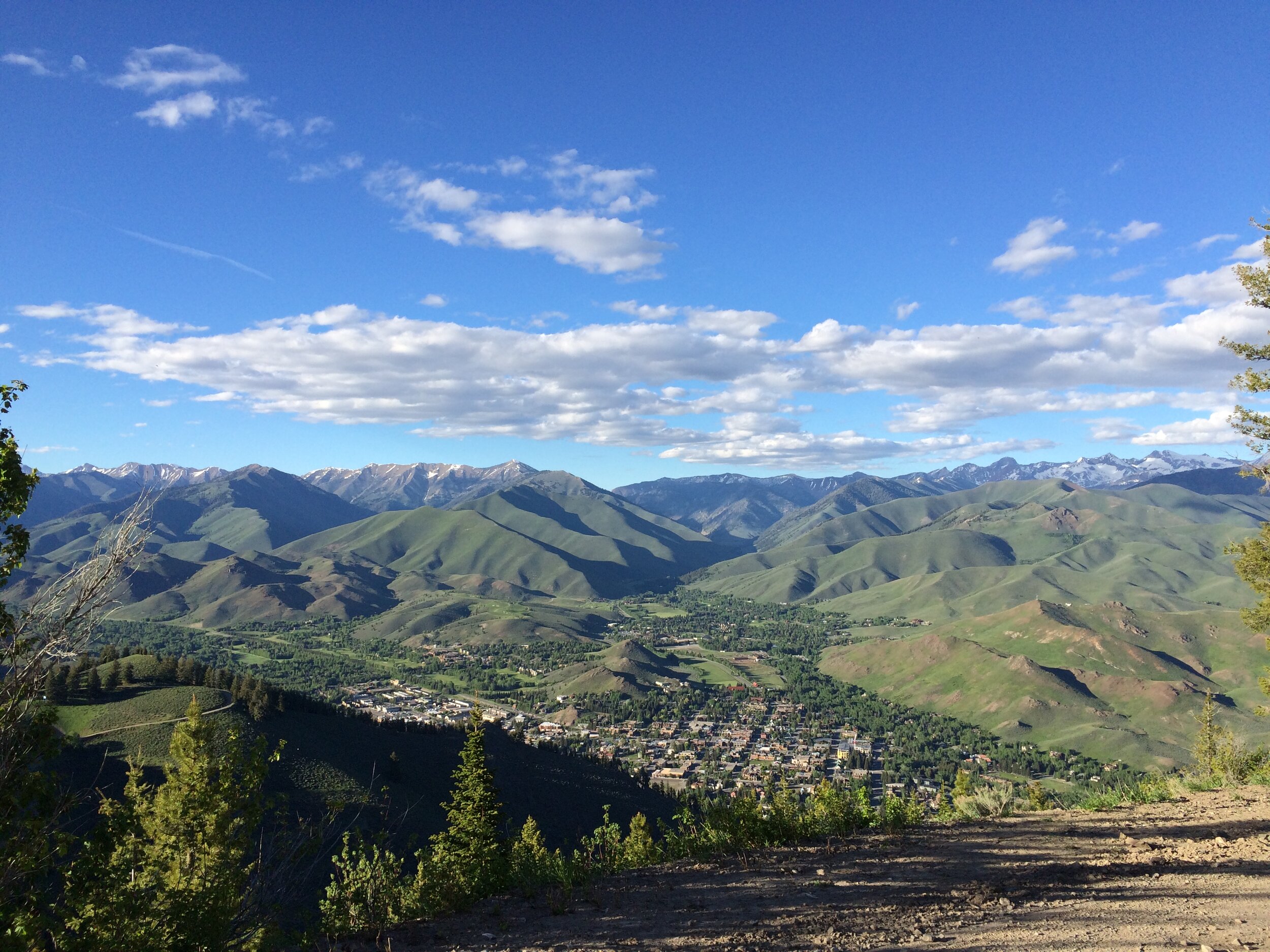
Current Conditions
For a general overview of the flying in our area, click here.
Hey guys, a few people have asked me about forecasting for good paragliding days, so I thought I’d compile some notes all in one place. A lot of it I’ve assimilated from other wiser local pilots. This is just my humble approach, which is incomplete and intermediate, but I hope it helps you.
Here is the flow that I follow to assess a good day to consider thermal flying in Idaho:
1. General Weather: Read the Forecast discussion for Boise and Pocatello to have a basic idea of whats happening in the atmosphere and if it’s going to be a “nice” day. The main red flag I’m looking for is any chance of thunderstorms. If there is widespread forecast of thunderstorms it’s a good day to go photograph beavers. If there is a slight chance of t-storms, I may fly but I’ll be hyper aware of clouds building quickly in a vertical direction.
https://www.wrh.noaa.gov/total_forecast/getprod.php?prod=XXXAFDPIH&wfo=PIH
2. Winds Aloft: If it looks like a generally “nice day” then I move on to wind, which is the most common shut-down for flying in our zone. If it’s 12mph (and staying steady or increasing throughout the day), at 12000ft or below, conditions are likely pushing the edge of fun paragliding in the mountains around Sun Valley. Morning sledders and evening soaring is usually fine in these winds (or even higher) but flying XC in the mountains is not advisable IMHO. Wind direction is also something I make note of. We can fly in any wind direction, but keep in mind that N wind can be rougher bc it’s in the lee of the mountains. Air is usually more laminar when it approaches us from SE, S, SW and W.
https://www.xcskies.com/ models: NAM3, NAM 12, RAP, HRRR
www.windy.com models: ECMWF
3. Thermal Quality (is it a good airmass for paragliding?). If the winds look good, I decide will there be thermals that are nice to be inside of while attached to a cold air balloon, and if so how strong will they be?
I like to keep this one simple, because it’s easy to make it the most complex part of the sport. I look at a few basic parameters to decide if it’s a good day. This is all on XCSkies.com, and I compare the GFS, NAM3, NAM12 models, looking for agreement between models.
-Updraft Velocity: This parameter is personal preference. Just assume that in the mountains in Idaho, the thermals will take you up.
-Top of Lift/Cloudbase Altitude: This parameter is personal preference, but it’s good to see 14,000 or higher to be able to go XC in the mountains here.
-Air Pressure/Thermal Index:
-Is it generally High Pressure or Low Pressure? Lower the pressure, nicer the day, up to the point of OD (Over Development (of clouds and moisture))
-Will there be clouds: I like to see 10%-40% cloud cover forecasted (not high clouds, thermic cumulus clouds).
If you want, you can go super deep on figuring out Thermal Quality by using the resources below. Most of this will be a distraction, but I do recommend leaning how to read a skew-T:
Mm5 forecast: https://atmos.washington.edu/mm5rt/rt/soundings_d3.cgi?current_gfs
Blipmap forecast: http://www.drjack.info/BLIP/NAM/index.html
Google “how to read a skew t” and “good lapse rate for soaring” and “stable and unstable air for soaring”.
4. Lastly, let your light be your guide. If everything looks good, I go to launch and always take a moment to feel the day and listen to my inner light (separate from my expectations of the day, from my desire to fly, from fear and ambition, and from what everyone else on launch is talking about) and then decide to fly or not, or decide to try to fly far or locally. Doing your own due diligence will make your inner light shine brighter because you will be less confounded by other people’s chatter, or by doubt, or hubris, etc.
Note 1:
Listen to Gavin’s podcasts with Honza and Will Gadd on the cloud base mayhem podcast.
Note 2:
The only way to make sense of paragliding weather is to develop your own mental model of the air. The reason for this is that you may enjoy some types of days better than others, and that’s different for each person. It’s great to think about the big picture on a daily basis, event (especially) when you’re not flying. Is it high pressure or low pressure? Is it a stable day or unstable? In the mornings, see if you can “feel” the day and guess what the sky will look like at 4PM. Try to notice inversions (haze lines) when you’re out photographing beavers. Try guessing the wind speed, direction, and top of lift by looking at clouds, then go to XC skies that night and see how close you were. The wind on the surface at the LZ is important to know, but that’s a tiny part of the scenario here.
Note 3:
If you’re going to huck yourself into summer thermic conditions in Idaho, try to be aware of the 3 levels of weather that we deal with: 1. The thermic weather (the uphill breeze on launch, or the flushing sink air on the back of the cycle, for instance) 2. the local and valley diurnal systems (low pressure systems forming over the mountains creating the valley winds, which don’t necessary always follow the valleys, and that generally reverse at night). 3. The meteorological conditions (pressure, lapse rate (stable or unstable), humidity, winds aloft, high clouds, C.A.P.E.).
Hope this helps.
Willi